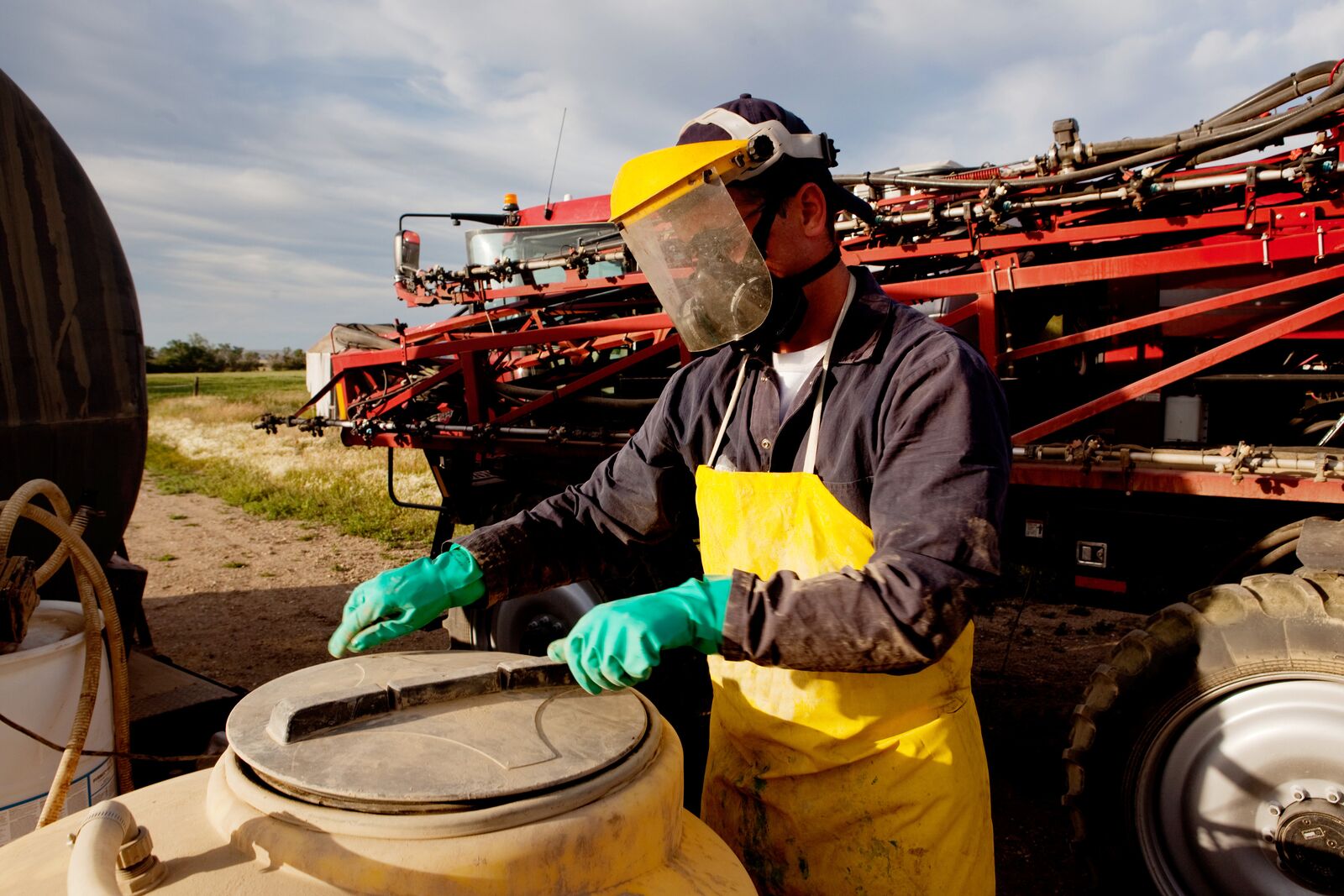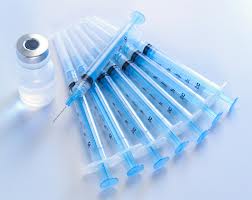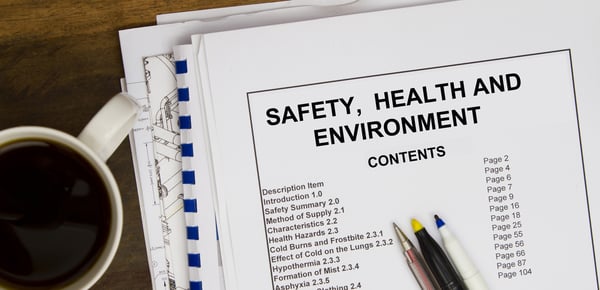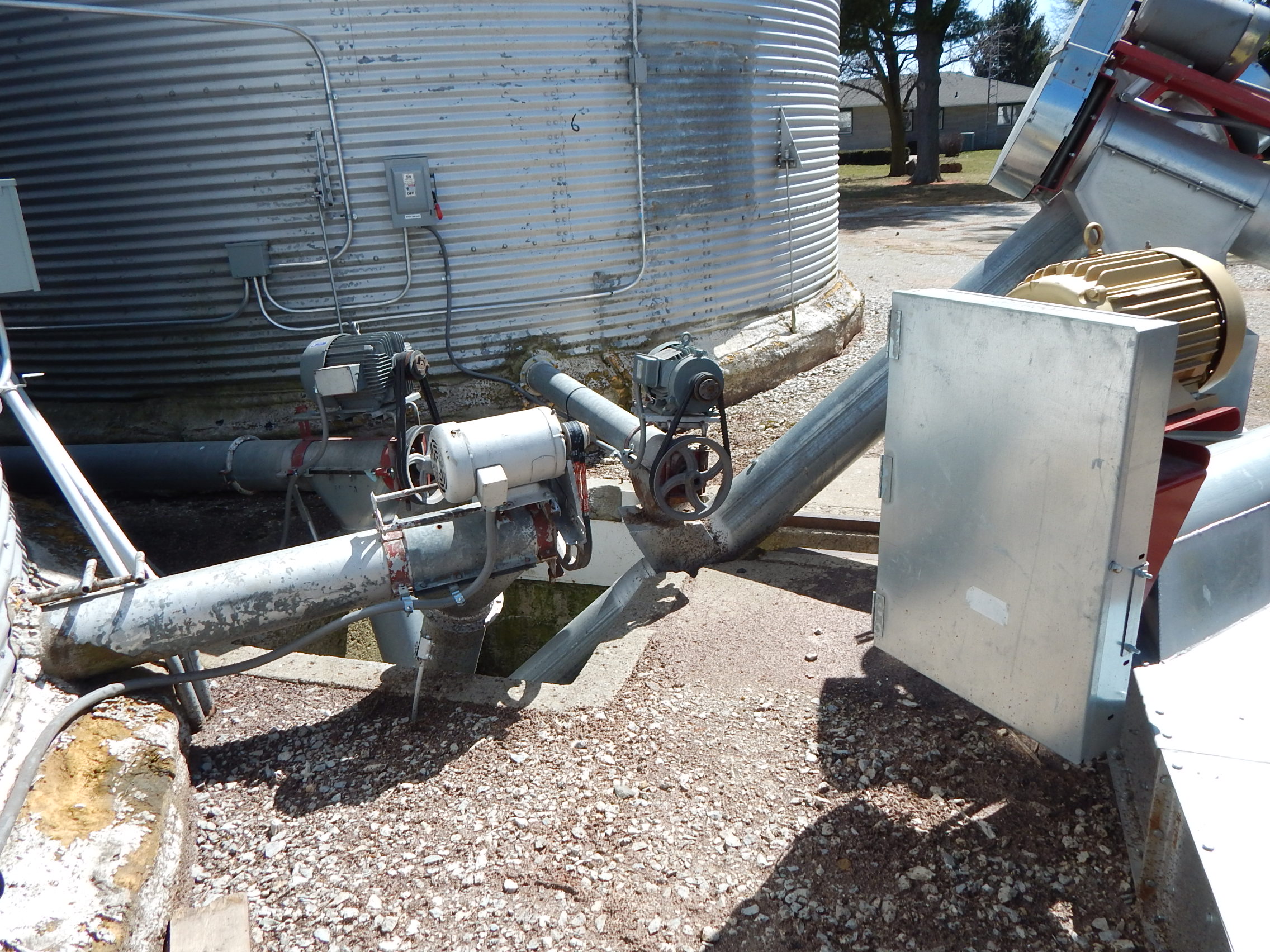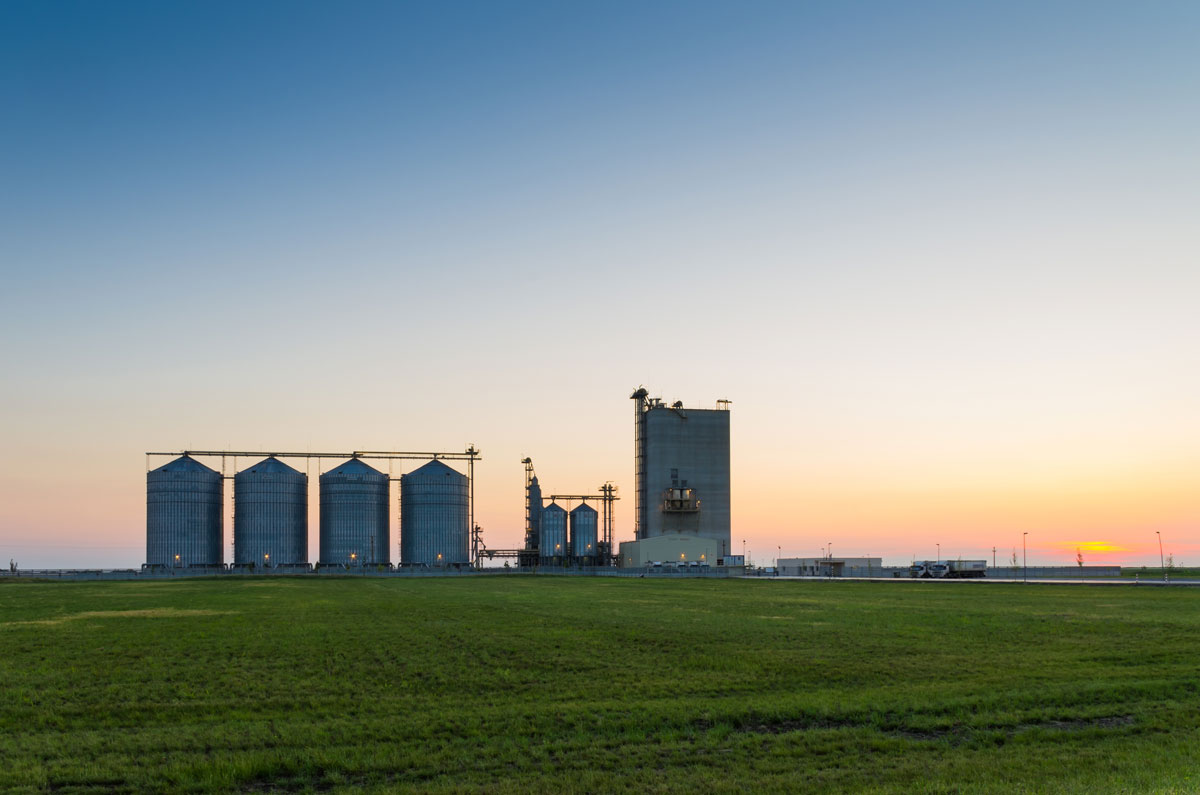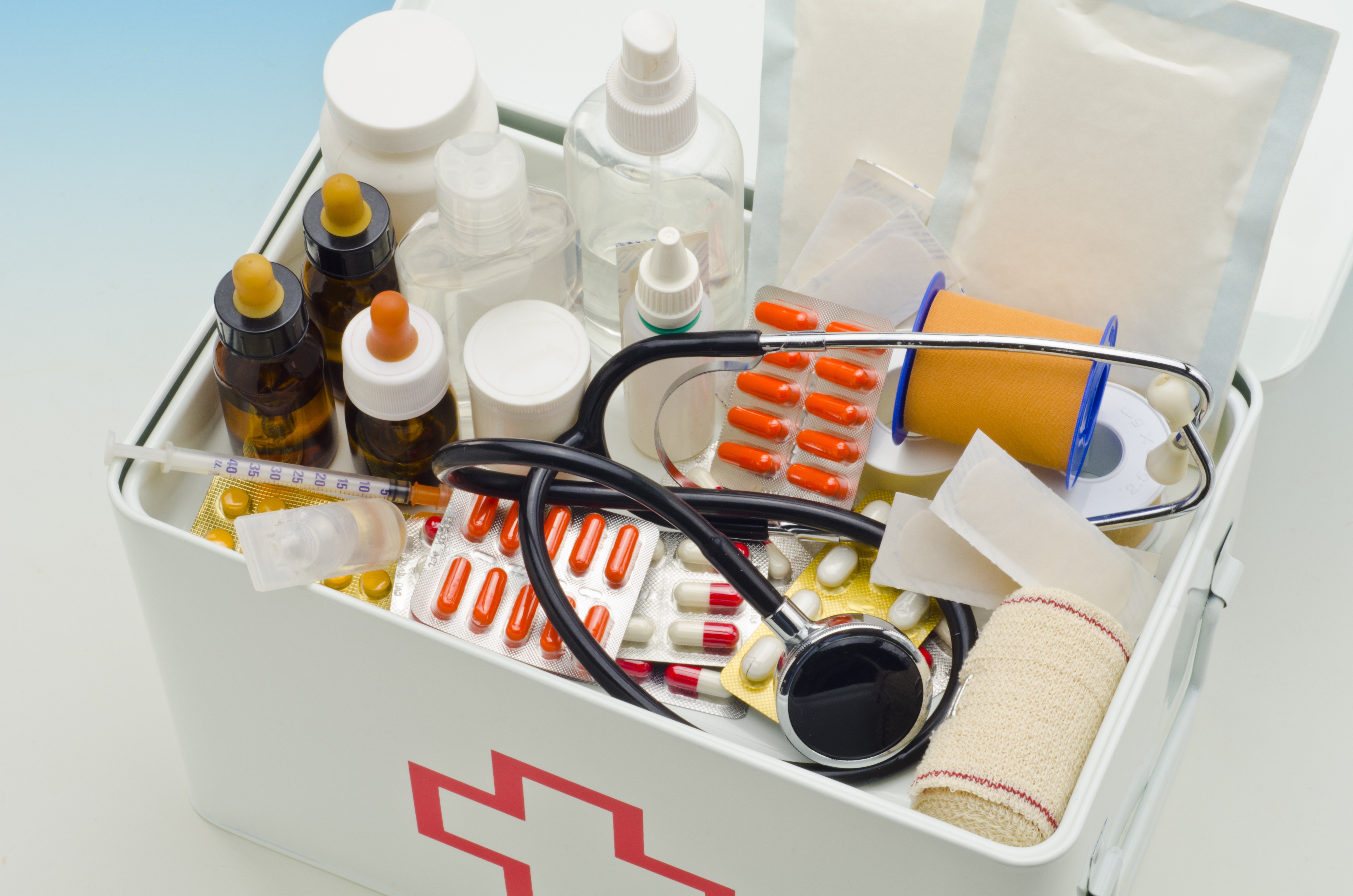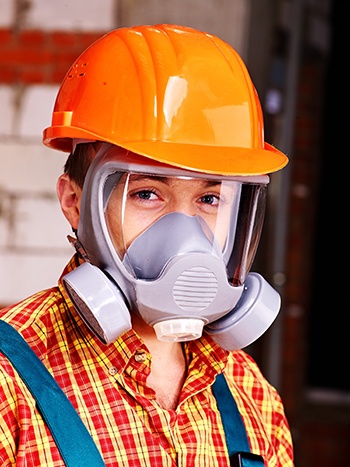Herbicide programs are changing from a single herbicide to a multiple herbicide mix for combating weed resistance. Multi-herbicide tank mixes require growers to be familiar with even more Safety Data Sheets (SDS) to understand all safety precautions involved. After assessing SDS sheets, plan ahead to assure you have plenty of personal protective equipment (PPE) "on hand" to get you through the season.
HERBICIDE PROGRAMS ARE CHANGING-DID YOU PREPARE TO CHANGE WITH IT?
Topics: agriculture, chemicals, personal protective equipment (PPE)
Important components of ag safety are knowledge and information. Knowing the pharmaceuticals being used on your farm today and knowing how to administer them is key to protecting farm workers, animals, consumers and environment. The medicines and chemicals used today are safer but only if the label instructions and manufacturer recommended safety precautions are followed.
Topics: agriculture
Every farm needs an ag-safety program that complies with OSHA regulations, and your boss selected you to lead the project. You are definitely up for this new challenge. Although you know how important safety and health are to the longevity and success of the farm, you see just one, small problem—you don’t have time to become an OSHA expert.
Topics: OSHA law & compliance, agriculture
Working in confined spaces is an unavoidable part of running many agriculture operations. Whether it be a manure pit, silo, grain bin, fertilizer tank, or another building, the nature of the structure presents a risk of death or significant injury due to suffocation or poisoning. We’ve all heard stories of those who have lost their lives from working inside a confined space – and too often the lives of their rescuers.
Topics: confined spaces, grain bins, agriculture
Agriculture is a dangerous industry. Fortunately, there are lots of ways to make it safer. Below is are a few examples of good practices that will make your operation safer.
Topics: safety culture, agriculture
Regular safety meetings play an important role in communicating your company’s safety program information. They are a vital means of providing training for your employees about their workplace hazards and expected safe work habits. Safety meetings are also a great way to provide a quick refresher of previous training and reinforce the safety culture of your operation.
Topics: safety culture, safety training program, agriculture
One moment you are having a casual chat with a co-worker over lunch. Suddenly, she grasps her throat and begins to turn blue. What do you do?
Topics: agriculture
Note: The following is an excerpt from an article published in the November 2015 issue of Feedlot Magazine.
Topics: agriculture
Agriculture Safety Training and Respiratory Protection Equipment
A farm—like any other industrial workplace—has its fair share of respiratory hazards that place employees at risk. Some agriculture safety hazards, primarily when transferring or mixing chemicals, involve exposure to dangerous gases, while others, such as grain bins, feed mills, livestock areas or confined spaces with poor ventilation, represent hazards that can naturally cause serious breathing difficulties.
Topics: agriculture
Farm Safety Tips: Respiratory Protection and Keeping You Safe
Ah, the great outdoors—crisp, clean air and the refreshing smell of morning dew! Yes, this is just one of the reasons many of us really love farming. On the other hand, does farming generate hazards for our respiratory systems? Not only is the answer a resounding “yes,” but some of the most treacherous respiratory dangers are actually unique to farming.
Topics: agriculture

